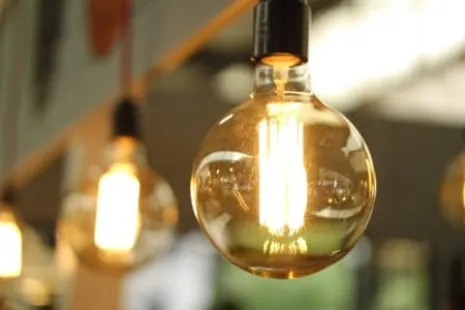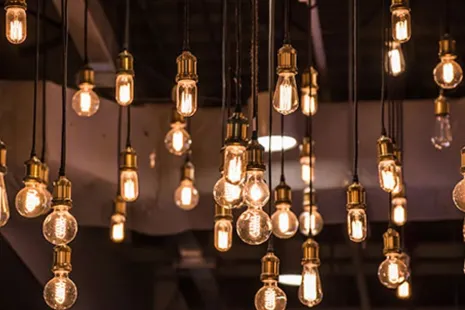Overview and comparison of bulb types
Added 17.2.2022 9:15.00
Did you know that mankind has been shining light through the electric bulb for over 130 years? Today we mainly use 4 types of bulbs to produce artificial light. In this article we will introduce and compare them.
Although connoisseurs would appreciate a detailed description of the original incandescent light bulbs using charred bamboo filament, patented by Thomas Alva Edison in the second half of the 19th century, we will focus only on those available today. What are they?
- Classic tungsten bulbs
- Halogen bulbs
- Compact fluorescent lamps (energy saving lamps)
- LED bulbs
Let's introduce them one by one. Age takes precedence.
1. Classic tungsten bulbs
In 1879, the great incandescent revolution occurred when Thomas Alva Edison decided to replace carbon filament with tungsten and invented the light bulb as we know it today.
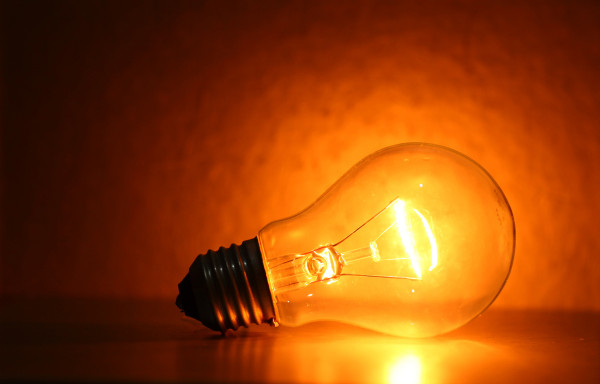
Tungsten is a heat source, which is why classic bulbs have a very pleasant light colour. As a result, they are still very popular, although you can hardly find them officially anymore as they have been banned by the European Union.
This was mainly due to the fact that they convert only 5% into light, while the remaining 95% into heat. And that is, of course, extremely wasteful. Nevertheless, more than 50% of the population is reportedly still using them today.
The advantages of tungsten bulbs
- beautiful light colour,
- low purchase price,
- resistance to frequent switching,
- fast light onset,
- environmentally friendly.
Disadvantages of tungsten lamps
- low lifetime (1000-2000 hours),
- low efficiency of operation,
- they are hot during operation, so you can burn yourself on them,
- narrow colour temperature range.
2. Halogen bulbs
Halogen bulbs are an alternative to the conventional one. They work on the same principle, but have a much higher temperature inside the bulb, so they offer more intense brightness.
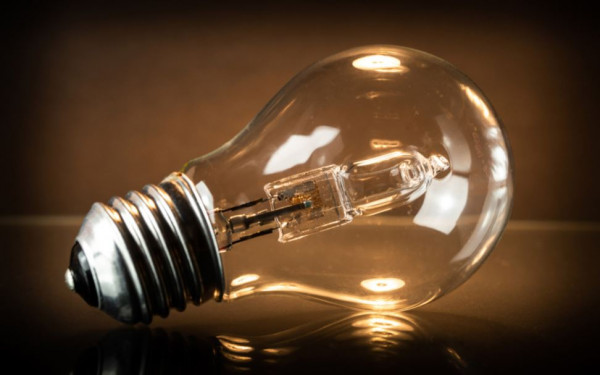
They are filled with rare gas and halogen. And this construction makes them, compared to tungsten ones, about 30% more economical. They're much cheaper to buy than LEDs or compact fluorescents, but their lifespan is significantly shorter.
Advantages of halogen bulbs
- beautiful light colour,
- excellent colour rendering,
- intense brightness,
- low purchase price,
- resistance to frequent switching,
- fast light onset,
- environmentally friendly,
- wide range of colour temperatures.
Disadvantages of halogen bulbs
- relatively low lifetime (4000 hours),
- relatively low operating economy,
- they are made of quartz glass, which is relatively easy to damage,
- they are hot in operation, so you can burn yourself on them.
3. Compact fluorescent lamps
Energy saving bulbs are fluorescent lamps with accessories in a compact form - this is why larger ones are called compact fluorescent lamps. Compared to conventional bulbs, they save up to 70% energy, but their lifetime is one-third to half that of LED bulbs.
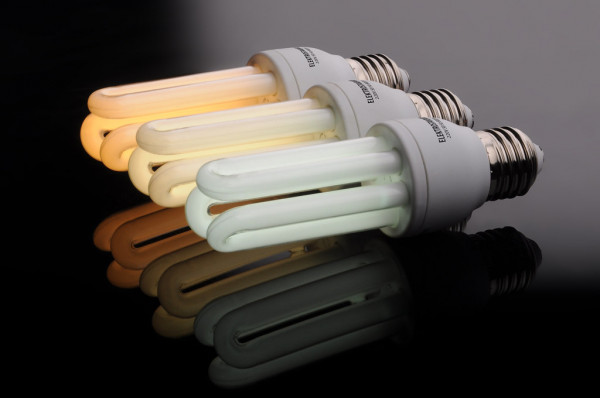
They come in a variety of shapes and can be used outdoors. However, the big drawback is the slow light onset, for which you have to wait at least 30 seconds. Plus, turning them off and on shortens their lifespan, so they are especially useful where you need to shine for longer periods of time. They also contain mercury, which means they must be disposed of as hazardous waste.
Advantages of compact fluorescent lamps
- high lifetime (10000-15000 hours),
- economy of operation,
- they come in different shapes,
- suitable for outdoor use,
- good colour rendering,
- wide range of colour temperature.
Disadvantages of compact fluorescent lamps
- low resistance to frequent switching,
- slow light rise,
- ecological defects,
- high purchase price.
4. LED bulbs
LED bulbs are currently the most popular bulbs for chandeliers and pendant lights. No wonder - they have a lifetime of up to 25,000 hours, instant onset of light and safe operation.
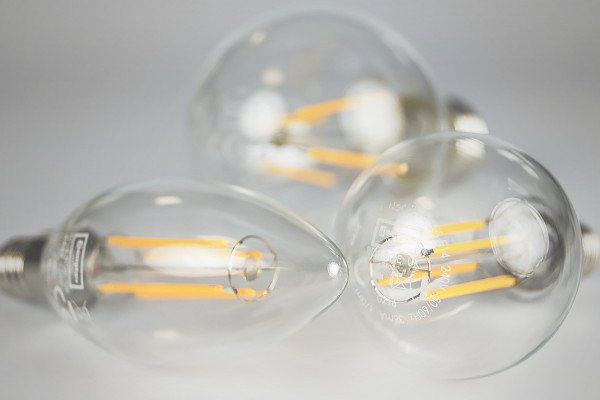
They also excel in low consumption. Their purchase price is of course much higher, but on the other hand, compared to conventional bulbs, they save over 80% energy.
Advantages of LED bulbs
- high lifetime (up to 25 000 hours),
- economical operation,
- they are available in different shapes,
- resistance to frequent switching on,
- fast light onset,
- environmentally friendly,
- wide range of colour temperatures,
- good colour rendering.
Disadvantage of LED bulbs
- high purchase price.
What kind of bulb is best?
You know - a hundred people, a hundred tastes, so you can not unequivocally say that one kind of bulb is the best. Some people look primarily at the colour of the light, others at the purchase price and others at the lifetime.
However, our comparison shows that LED bulbs, with the exception of the higher price, have no disadvantages and are really worthwhile in the long run, even if the initial investment is not very small. We have very good customer references for them and therefore recommend them to others.
We are here for you
We hope that you are now clear on what kind of bulb is right for you. And if not, you can easily find the answer in our previous article. But do you still need advice? Contact us. We will be happy to help you. Together, we'll tune your home to the tones that suit you best.






































